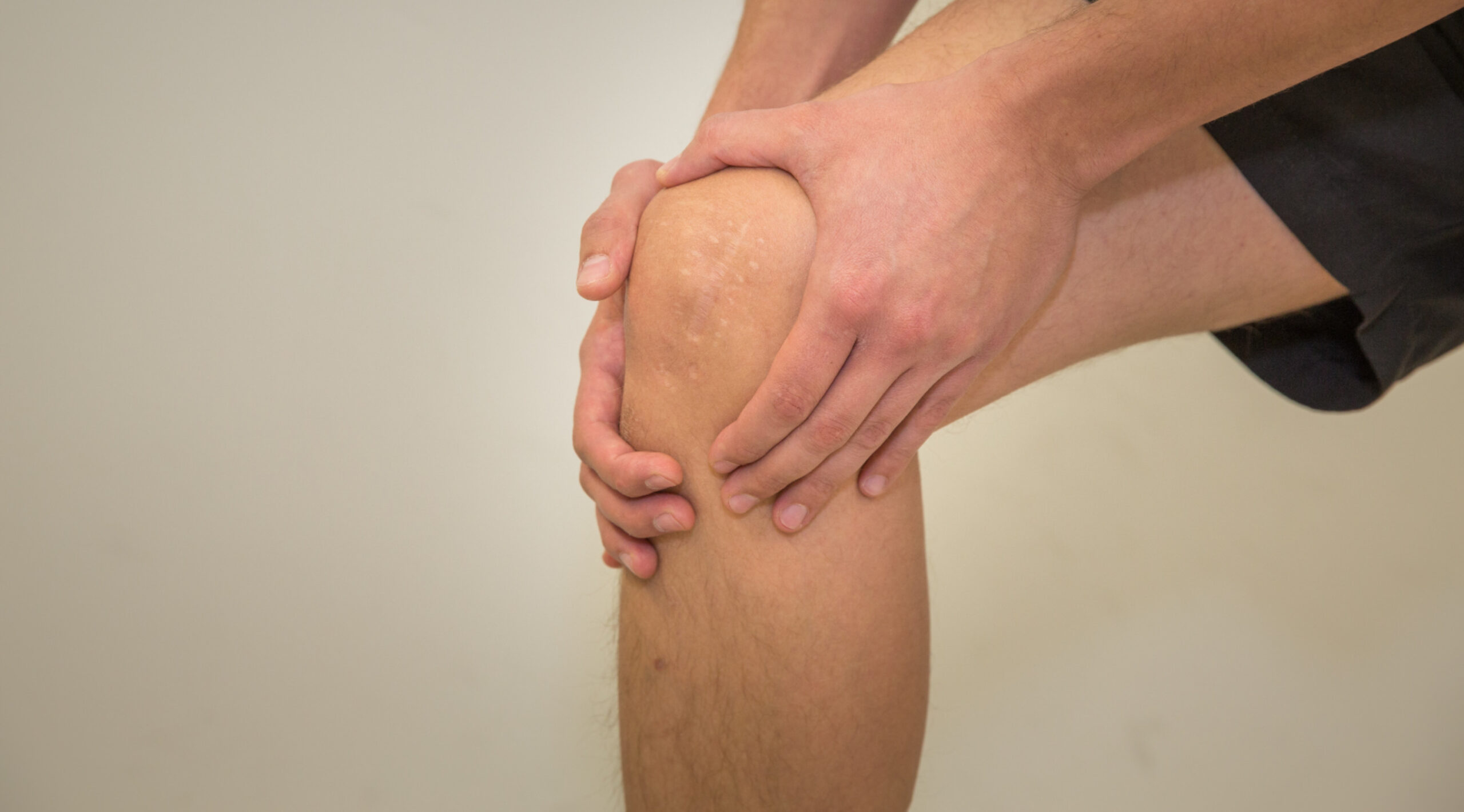
Osteoarthritis (OA)
Definition of (OA)
Osteoarthritis is a degenerative joint disease, which is mainly caused by chronic overload. As well as accidents with traumatic injury to cartilage, menisci or ligaments, pronounced malalignments such as bowleg and knock-knees may predispose to wear and tear.
In early arthritis there is usually superficial wear of the cartilage. This is often not noticeable to the patient in the early phase. Only in the advanced stages, with deep cartilage defects, is there a pronounced painfulness which may be accompanied by a limited range of motion.
Treatment of OA
The philosophy of our department is to strive for joint-preserving treatment. In some cases, however, this is no longer possible due to the extent of the disease and the joint must be completely or partially replaced.
Especially in the field of partial joint replacement, orthopaedics has advanced greatly in recent years and many modern partial implants are now available on the market. Whereas in the past the entire joint was replaced in most cases, the partial replacement of individual joint regions allows us to offer a therapy individually adapted to the patient. The advantage for the patient is the preservation of as much of the joint as possible. In many cases, implantation using minimally invasive techniques is possible and in some cases this can even be done arthroscopically.
If, on the other hand, all parts of the joint are affected, joint-preserving interventions and partial joint replacements are no longer a viable option. In this case the entire joint must be replaced by a prosthesis. The destroyed parts of the joint are removed and, if necessary, a malalignment is corrected before the replacement components are implanted.
In our department, total and partial joint prostheses are implanted in the shoulder, knee and ankle joints. Depending on the extent of disease, we have expertise in the use of special implants such as coupled knee prostheses or inverse shoulder prostheses.



 Contact for Patients
Contact for Patients Phone +49-(0)89 4140-7840 /-7830
Phone +49-(0)89 4140-7840 /-7830
